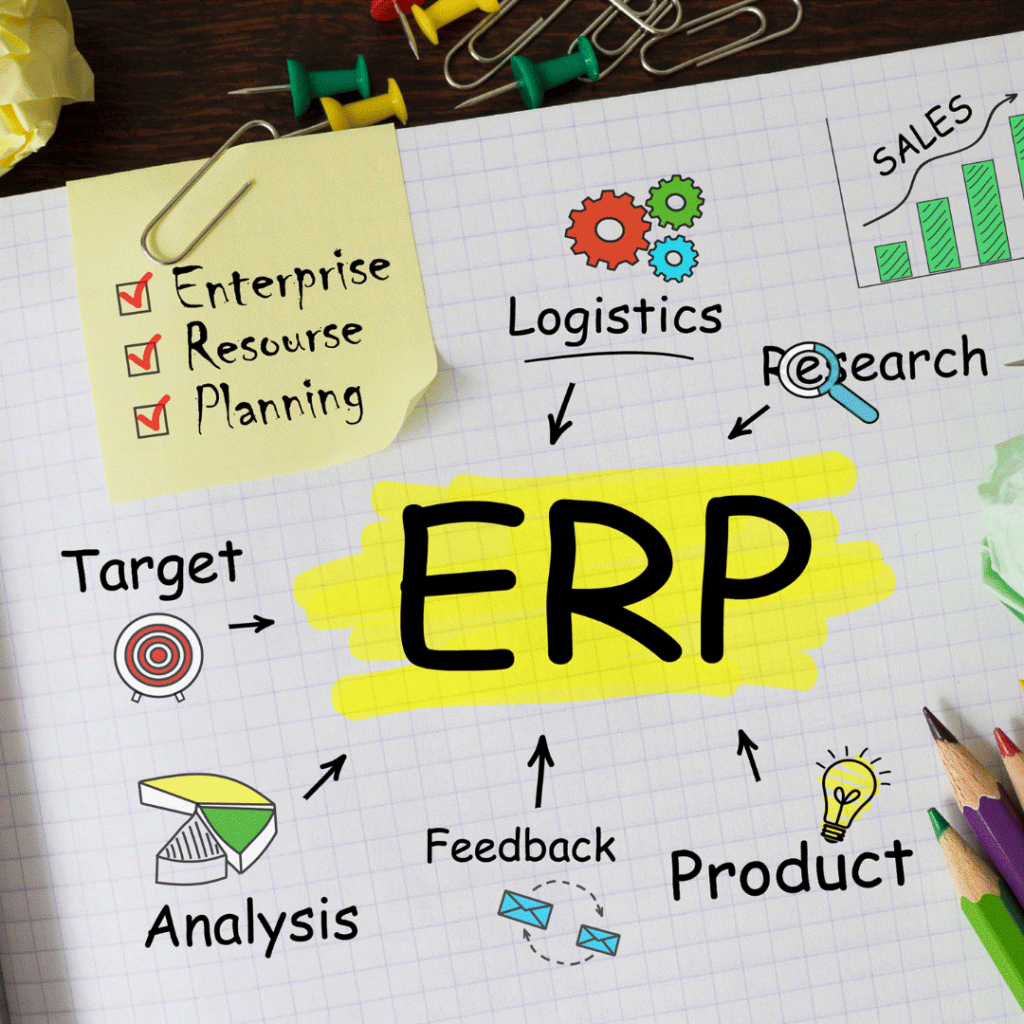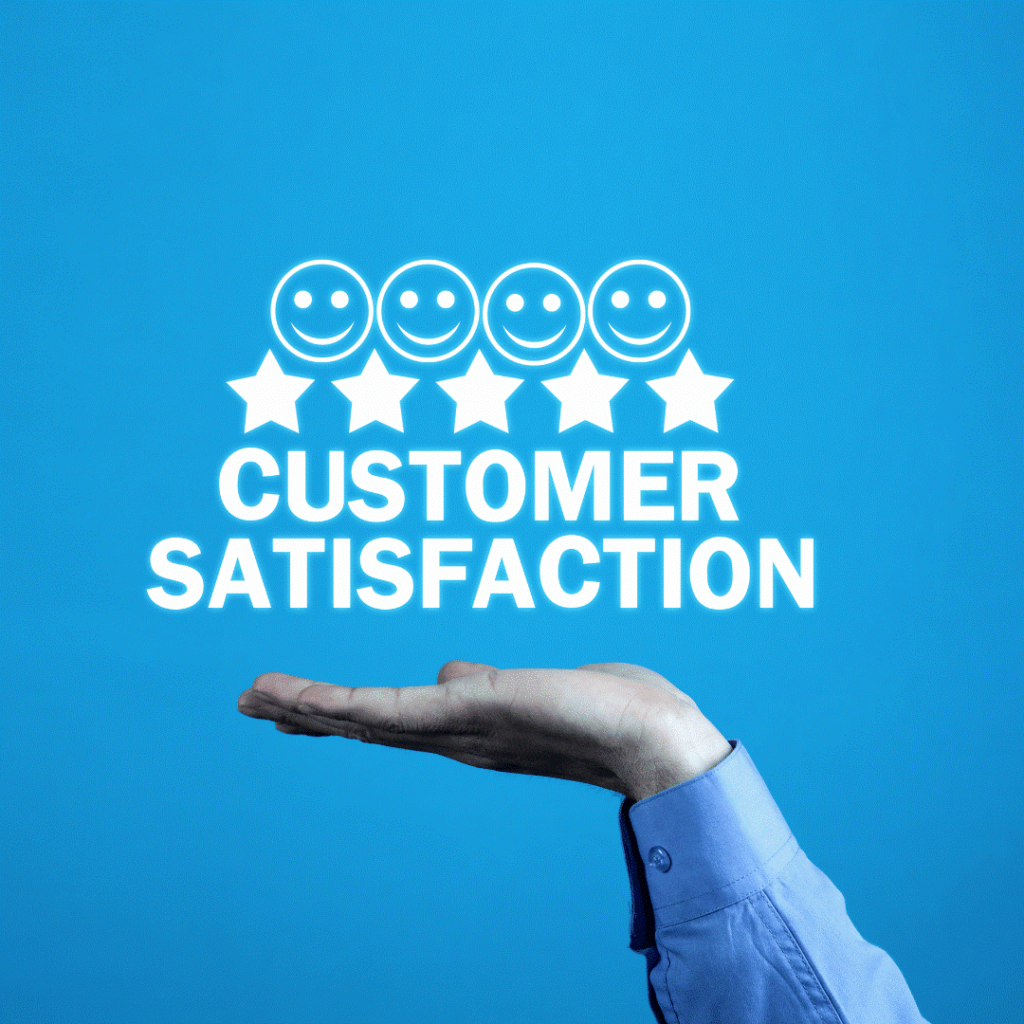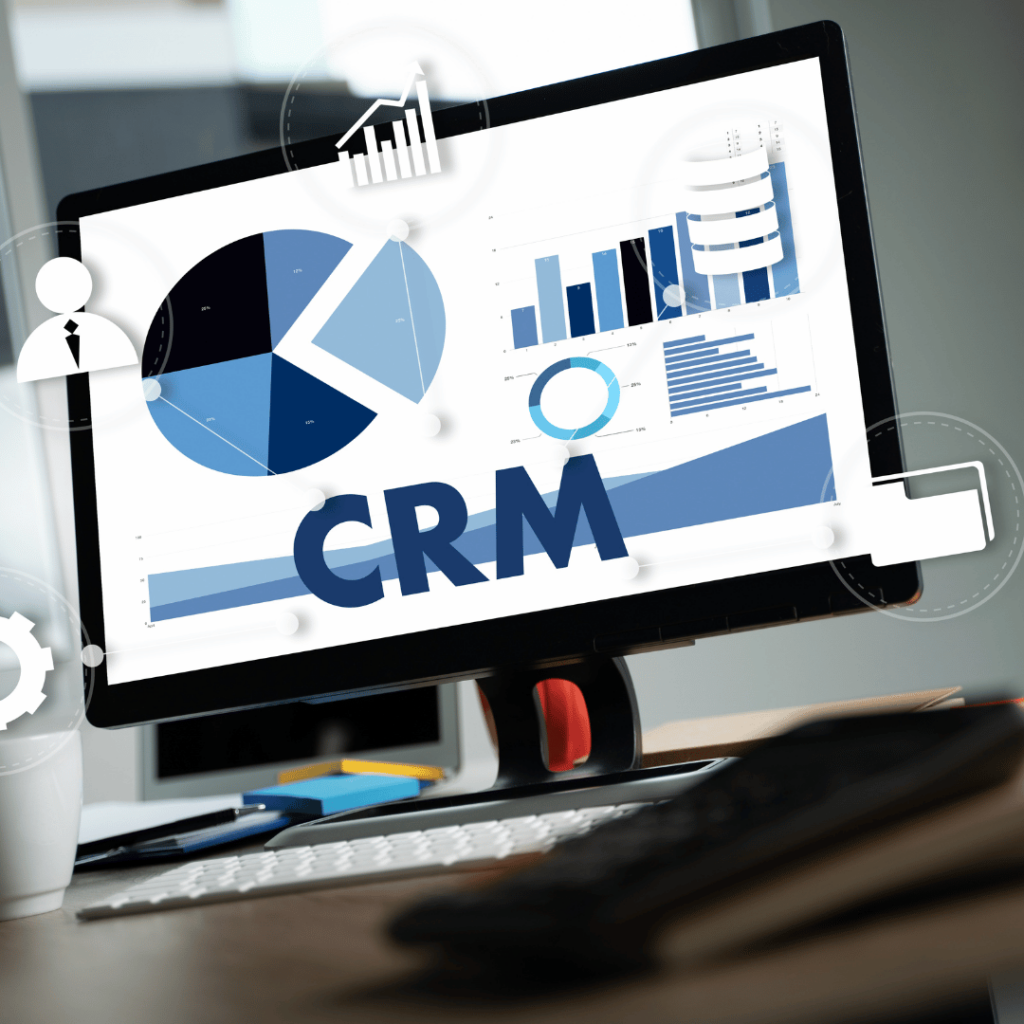Efficient distribution forms the backbone of the distribution industry, ensuring that products reach customers promptly and accurately. However, traditional processes in distribution businesses often suffer from inefficiencies, such as disconnected systems, lack of real-time data, and escalating inventory costs. Enter Cloud-Based ERP systems—a transformative solution designed specifically to address these pain points and streamline distribution
Author Archives: 910Advisors
Empowering teams has become a key ingredient for success in the digital world. It’s no longer a luxury but a must for thriving in today’s competitive landscape. For operations optimizers, digital transformation strategists, and customer-centric sales leaders, disconnected systems and inefficient workflows are some of the most significant pain points hindering progress. To overcome these
Customer satisfaction is the backbone of a thriving business. Whether you’re looking to retain loyal customers, improve operational efficiency, or drive digital transformation, understanding and leveraging customer satisfaction metrics can unlock actionable insights and measurable improvements. In this blog, we’ll explore key customer satisfaction metrics, their integration into systems like CRMs, ERPs, and middleware, and
Enterprise Resource Planning (ERP) systems are indispensable tools for businesses aiming to streamline processes, improve operational efficiency, and achieve scalability. However, ERP implementation can be a challenging task. From integrating complex systems to managing data migration, the process affects business processes and requires strategic decision-making. This blog provides actionable insights to help business leaders navigate
Digital transformation is no longer a buzzword; it’s a necessity for businesses aiming to stay competitive. But for many organizations, achieving seamless integration between disparate systems—such as CRMs, ERPs, and WMSs—is a significant hurdle. This is where middleware solutions come into play. Boutique consultancy empowers organizations to harness the full potential of middleware, enabling seamless
In today’s dynamic business landscape, achieving growth without compromising operational stability is a common challenge. By adopting effective business growth strategies, organizations can maintain equilibrium while unlocking their full potential. This blog delves into actionable insights tailored to address the pain points of Operations Optimizers, Digital Transformation Strategists, and other decision-makers. Understanding the Importance of
In today’s fast-paced digital landscape, businesses must ensure their systems work together harmoniously to deliver a seamless customer experience. CRM integration has emerged as a critical factor in streamlining operations, improving customer relationships, and driving growth. This blog explores the best practices for successful CRM integration, addressing challenges and offering actionable insights. Understanding CRM Integration
Aligning employees with your organization’s strategic plan is critical for driving long-term success, particularly for mid-cap enterprises and high-growth companies navigating technology transformation. When employees connect with your vision, their efforts align with organizational goals, fostering efficiency and innovation. Boutique consultancy understands that achieving strategic alignment requires more than a document—it’s about bridging vision with
Measuring your business’s success isn’t just about tracking profits—it’s about understanding how well your company operates and identifying opportunities for growth. A business performance review gives mid-cap enterprises, high-growth organizations, and entrepreneurs the clarity they need to thrive in today’s competitive market. By partnering with a boutique consultancy, you gain tailored insights and strategies to
Have you ever felt like your business is playing catch-up while competitors seem to leap ahead? For many mid-sized and high-growth enterprises, the struggle to keep pace with technological advancements is all too familiar. The technology gap—the distance between the tools your business currently depends on and the modernization opportunities offered by today’s innovative solutions—can










